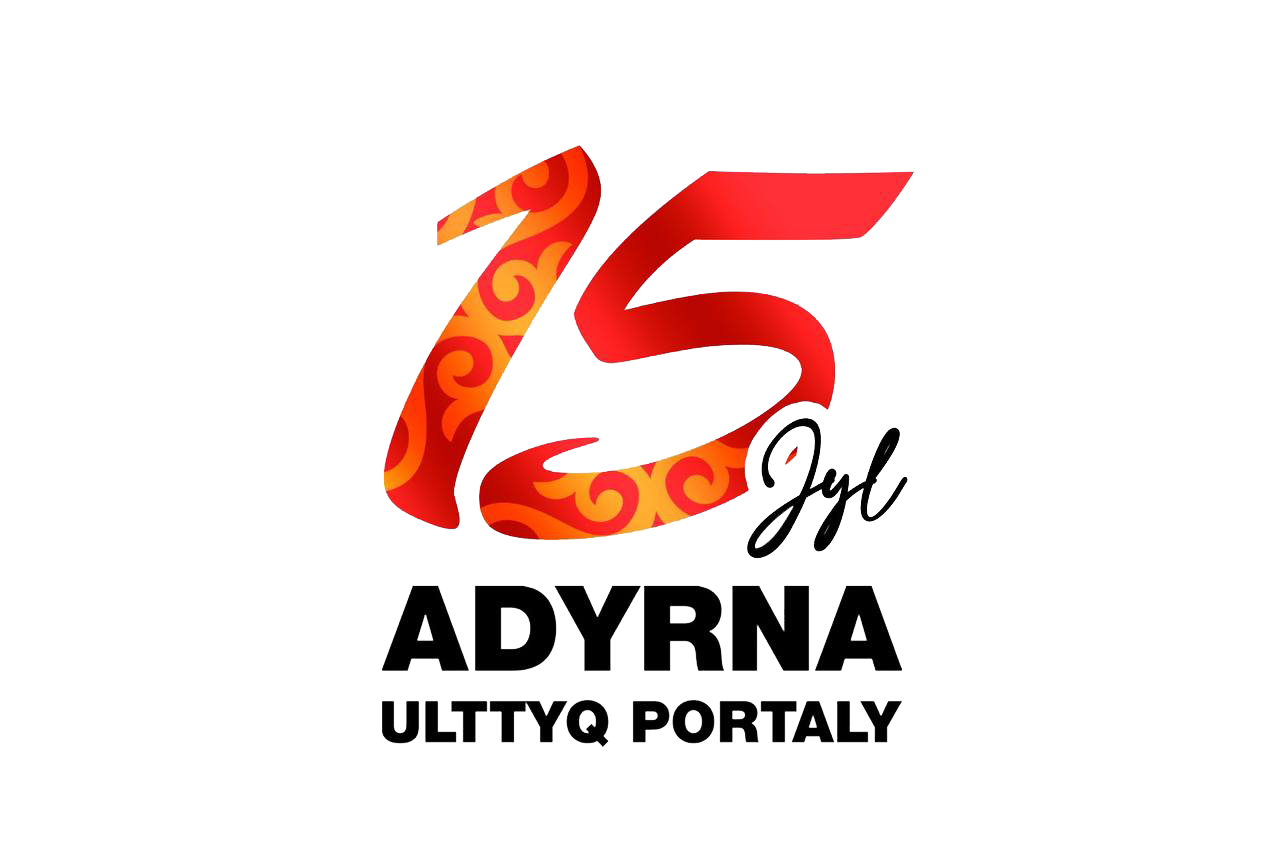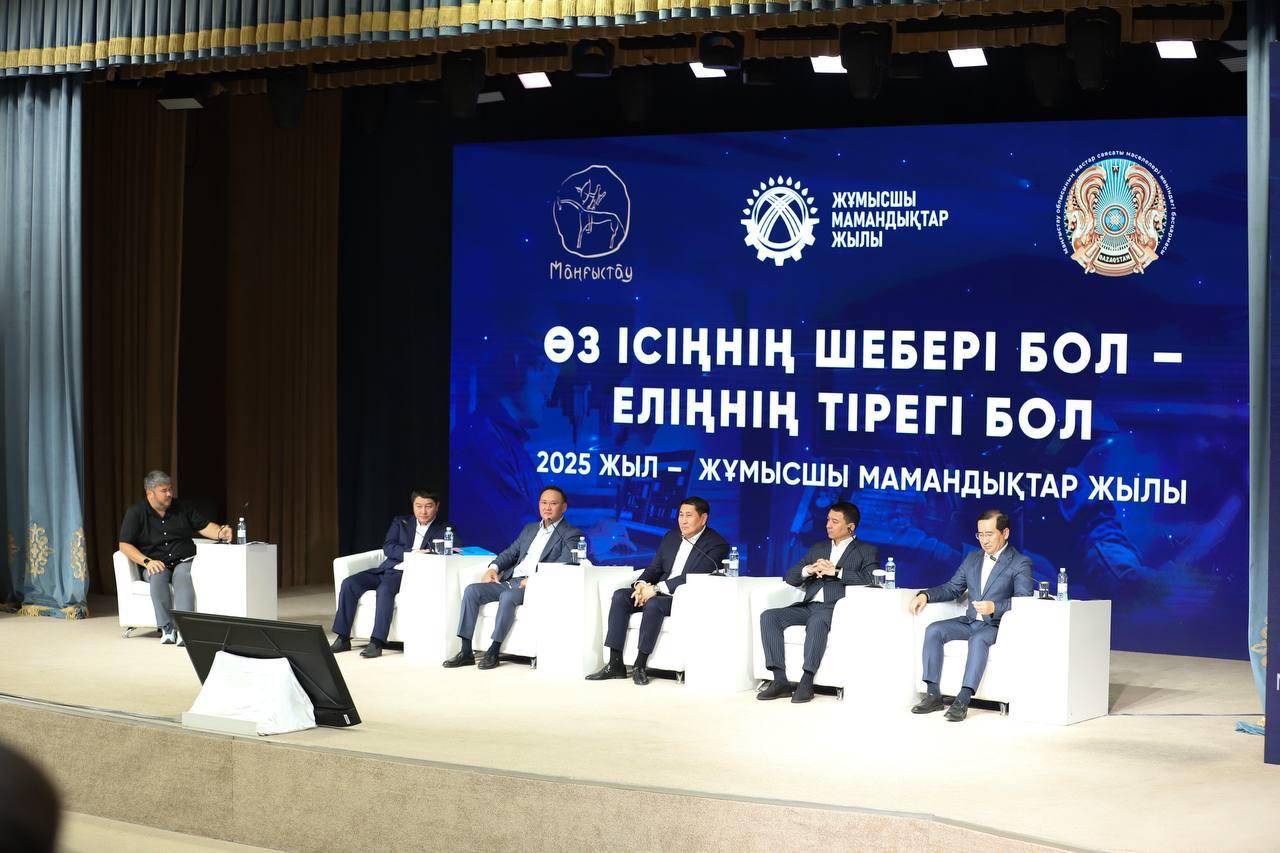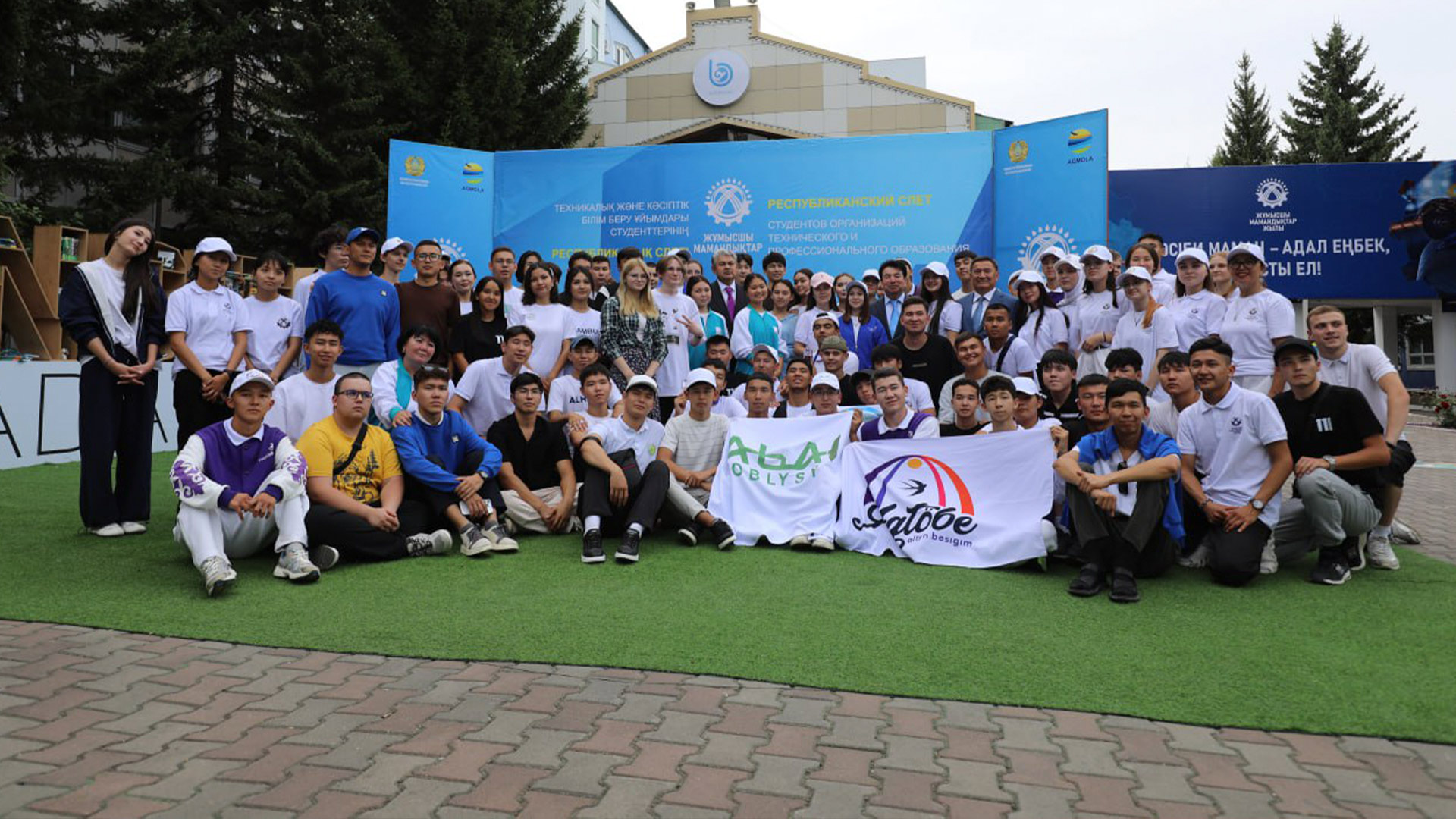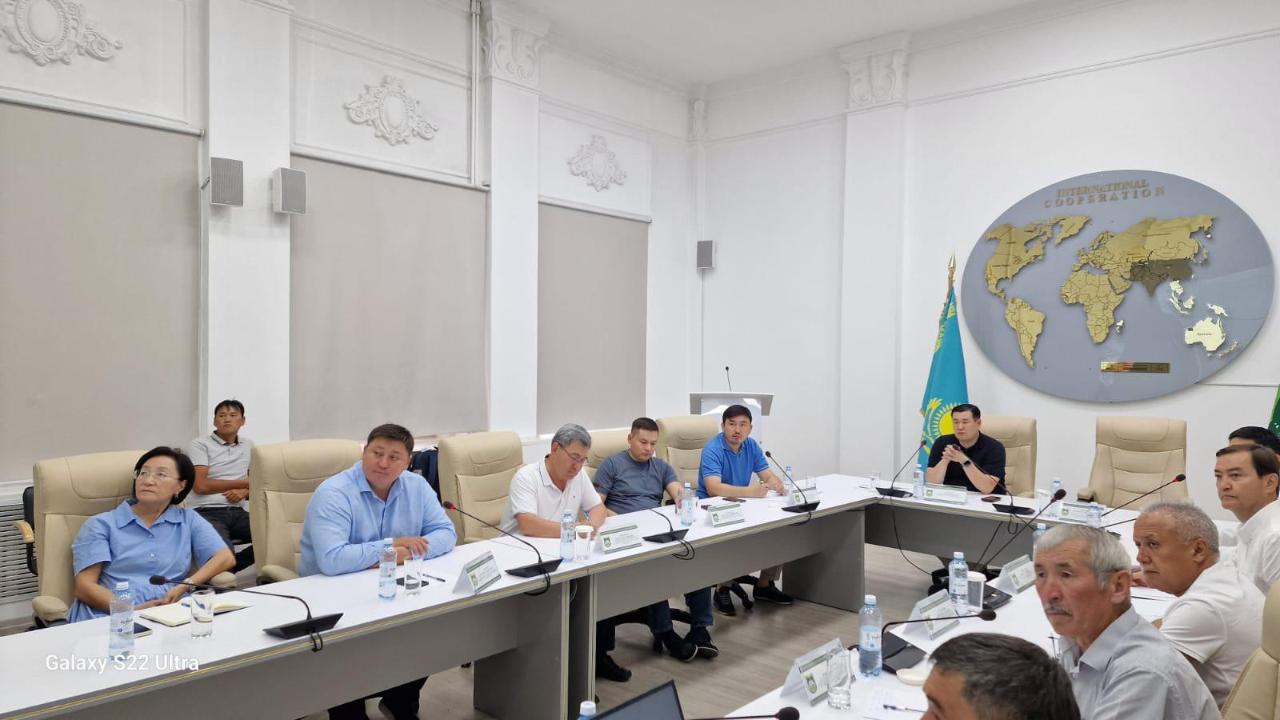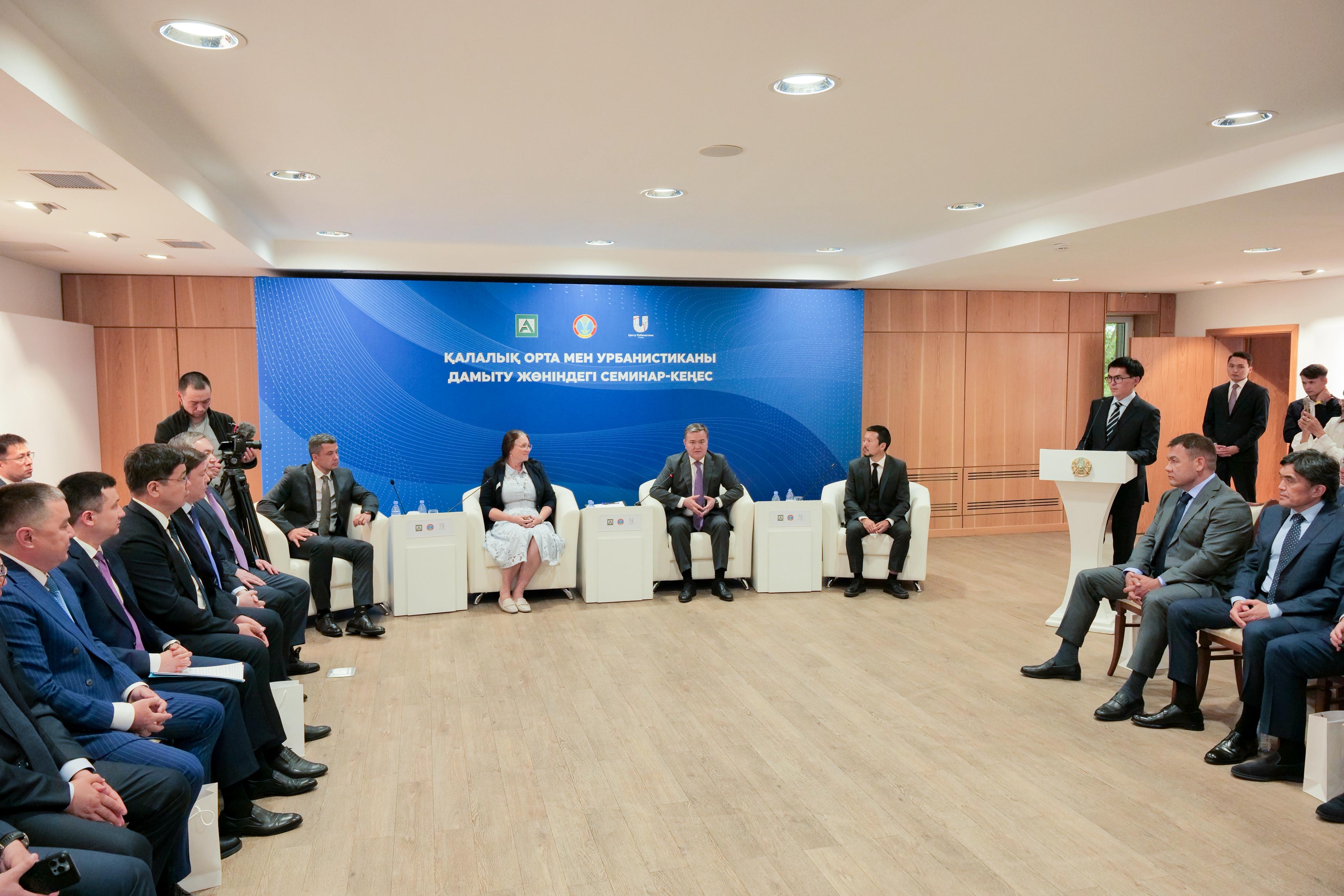On November 26-28, 1917, the IV Turkestan regional assembly met in Kokand, and within three days - on November 28, the territorial Turkestan mukhtariat (Turkistan autonomy) within the Russian Federal Democratic Republic was established.
In the Soviet historiography, it was called "Kokan Autonomy" after the city where the autonomy was established. Despite the declaration of autonomy, later the political power was transferred to the Turkestan Provisional People's Council, and 54 people joined the Council. However, the Soviet government did not recognize the autonomy of Turkestan. Head of the Bolshevik Council in Tashkent P.G. Poltaratsky criticized the Kokan autonomy, asserting that the Turkestan autonomy was created out of time and inappropriately, and that it was not an autonomy aimed at the benefit of the general public.
Poltaratsky confiscated more than 8 million rubles (soms) from all branches of the State Bank of Kokan and from private banks. But all of the funds did not reach Tashkent. 212 thousand rubles (soms) were left for the Kokan Council of Workers' and Soldiers' Deputies, and 81 thousand soms were left for the defense of the Kokan castle. This situation caused a great outcry, and as a result, a disagreement arose in the cabinet of the Turkestan Autonomous Region, and M. Tynyshbaev was removed from the position of Minister-Chairman and Mustafa Shokai was appointed in his place.
M. Shokai assumed the leadership of the Provisional Government and intended to strengthen Uzbeks, Kazakhs, and Kyrgyz in one direction. At the same time, a private financial base of the government was created under the leadership of M. Shokai. However, financial shortages prevailed, and extreme difficulties were encountered in the creation of military forces. Nevertheless, the Kokan government rallied all Turkestans under the banner of Autonomy, and the government was supported by government programs. For example, Fergana was transferred to autonomous administration, even the trial was conducted by the decision of the interim government of "autonomous Turkestan". Similarly, the Control Chamber, the State Bank, the Judicial Chamber adopted the Autonomy program.
But the autonomous government was the center of the movement and struggle. It was under the banner of the red Russian anti-imperialism, so Kokan was not recognized by the Soviet government as a state entity. Mustafa Shokai says that the Soviet government did not recognize the autonomy of Turkestan as a state: "Our helplessness was felt by the people: the workers and soldiers' deputies also understood it. That's why they didn't even look at us. Although we were 96-98 percent of the majority, we could not resist the Soviets," he said, showing the bitter truth and saying that the autonomy of Turkestan is getting weaker and weaker. On January 18-23, 1918, the IV regional congress of Turkestan regional councils was held. The main problem there is the issue of autonomy in the region. However, the Congress refused to negotiate with the leadership of the Turkestan Mukhtariat and declared the government of the Kokan Autonomous Region illegal. A decree was passed on the arrest of its leaders and the dissolution of autonomy. And on the night of January 18-19 (when negotiations between representatives of the Soviet government and the leadership of Turkestan autonomy reached a deadlock), E. from Tashkent to Kokan. Well-armed Soviet military units led by Perfilyev and Bolshevik troops from Samarkand and Ferghana also arrived. Most of the supporters of Turkestan Mukhtariyat had clubs, clubs, and axes in their hands, some people were armed with hunting rifles. In fact, the balance of power was unequal. On the night of January 29-30, supporters of autonomy tried to take the castle in the city, and on this day (January 30) 2 bridges were burned near the city of Kokan. The railway between the city and Serevo station was dismantled, telegraph wires were cut.
Sazonov, a member of the Revolutionary Committee, receives a telegram from Babushkin saying "Arrest Zigel, Shokaev and their secretary." Together with Nikolaenko, a member of the revolutionary committee, he took two soldiers to the old city and captured only the secretary. M. Shokai and his trusted partners had to go undercover. For three days, the city of Kokan was brutally attacked by arbitrary forces. Armed forces created by the "Dashnaktsutyun" party of local Armenians, who invaded the city, surrounded the city with bullets, burned food and cotton warehouses, mass looting and arrests of Mukhtariyat supporters took place. 30 out of 54 members of the Turkestan Mukhtariat Provisional Government were arrested, two of them: Kh. Yuraly-Agaev and M. Myrzakhmetov was shot. Among those who fell into the hands of the Bolsheviks were Nasyrkhantore from Namangan, Hartzfeld from Samarkhan, Abidjan from Bukhara, etc. was. Those who escaped fled to the mountains of Fergana and fought partisan struggle until 1928.
And M. Shokai escaped from the Bolsheviks' bullets from the city of Kokan and fell into the hands of the bandits of the Irgash Kurbash bandits. At this time, he sums up the hardships he has experienced without grudge against the low-minded Uzbek races: "Your brothers who are alone are feeling enmity from their friendly people and are saddened. However, I don't want to blame all the people of Sart for the bad things done to me by people who have never seen a place other than Anbastau, and have never seen a country other than Sart." Mustafa Shokai thought that many people would not perish and that he would not harm them.
The Kokan autonomy founded by Mustafa Shokai lasted only 2 months and 4 days. They had no officers, no money, no army. The post, telegraph, and railways were all in the hands of the enemy. It was natural that the Kokan government, which was born in such a difficult time and lived for a short time, could not do any visible work to satisfy the national demands of the people of Turkestan. And Mustafa Shokai was forced to leave Turkestan due to his conflicting political opinion after the influence of the Soviet government increased and the Kokan autonomy collapsed. At first he moved to Georgia (1919-1920), then to Turkey in 1920. However, he cannot stay there for long. A great historical figure who longed for freedom of the press now headed for Europe, as a political mughaz émigré he used his pen in the fight against Bolshevism and thereby became the leader of the Turkestan political mughaz abroad. M. Shokai and other mujahideen who left the homeland were not limited only to exposing the militant policy of the Soviet government abroad. They waited for the liberation of Turkestan from the proletarian dictatorship of Russia. This was also the dream of M. Shokai, who numbered in the hundreds and thousands. They loved their motherland and proved that they are ready to serve its overall interests even when they are abroad.
Другие материалы
Adyrna.kz ұлттық порталының маңызды ақпараттарына жазылу
Соңғы жаңалықтар туралы хабардар болыңыз












